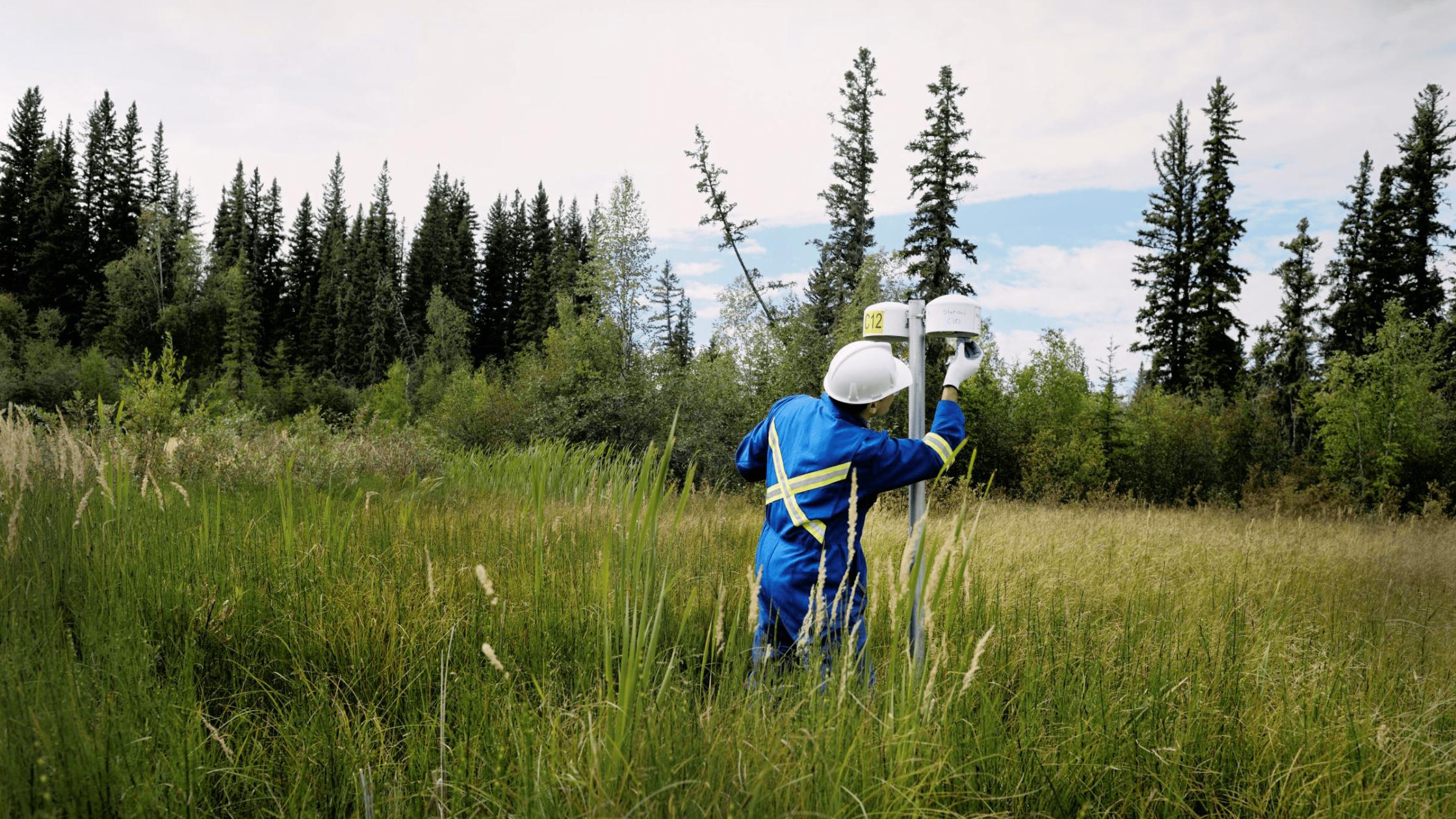Updated numbers from Statistics Canada show the oil and gas sector is spending more on environmental protection than any other Canadian industry.
Canadian oil and gas producers spent $2.75 billion in 2020 compared to $2.11 billion for metals manufacturing, $1 billion for mining and quarrying, and $663 million for electrical power generation and transmission. A total of 20 industries were surveyed.
“The Canadian energy space unfortunately gets a bad rap in terms of its media narrative,” said Jared Dziuba, an oil and gas market specialist with BMO Capital Markets. “What’s missed, often, is the pace at which the industry is improving the metrics of emissions, water, and land use.”
Environmental protection investments tracked by Statistics Canada must be used to mitigate or eliminate pollution or other environmental problems, or to restore the environment from a compromised state. This includes salaries and services as well as equipment and machinery capital costs.
Canada’s energy sector is a global leader in the development of new environmental technologies, said Dziuba, noting the top five oil sands producers invested, on average, around $1.1 billion per year on research and development over the last decade.
“On a per barrel basis, that’s significantly higher than competitors on a global scale,” he said. “The Canadian space is much more tightly regulated than other competing regions.”
Investors are helping drive new environmental performance targets around emissions intensity, water and land use, said Dziuba.
Since 2009, oil sands emissions per barrel have dropped by about 20 per cent, according to S&P Global.
Fresh water use intensity across the oil and gas sector has decreased by 14 per cent since 2017, says a report by the Alberta Energy Regulator (AER) published in 2022. Of the water used for energy development in Alberta, 82 per cent is recycled.
Driving the progress is oil sands mining, which uses around 82 per cent of the industry’s fresh water. In 2021, mining companies used less fresh water than in the previous five years.
“They’ve got many new treatment methods that use less river water and more recycled water,” said John Brogly, director of water and tailings with Canada’s Oil Sands Innovation Alliance.
Thanks in part to new technology, Alberta’s oil and gas producers reduced total methane emissions by 44 per cent between 2014 and 2021, according to the AER. The sector is now expected to exceed the target to reduce methane emissions by 45 per cent by 2025.
In the oil sands, spending to reduce emissions is scheduled to ramp up in the coming years.
Through the Pathways Alliance, Canada’s six largest oil sands producers, representing 95 per cent of production, are planning to spend $24.1 billion before 2030 on one of the world’s largest carbon capture and storage (CCS) networks, which will reduce operating emissions by 22 million tonnes per year by 2030 and achieve a goal of net zero operating emissions by 2050.
“Canada has been a leader in the first generation of CCS,” said James Millar, CEO of the International CCS Knowledge Centre. “We are home to five of the world’s 30 commercial CCS facilities, and we account for approximately 15 per cent of current global CCS capacity even though our country generates less than two per cent of global CO2 emissions.”
The unaltered reproduction of this content is free of charge with attribution to Canadian Energy Centre Ltd.
